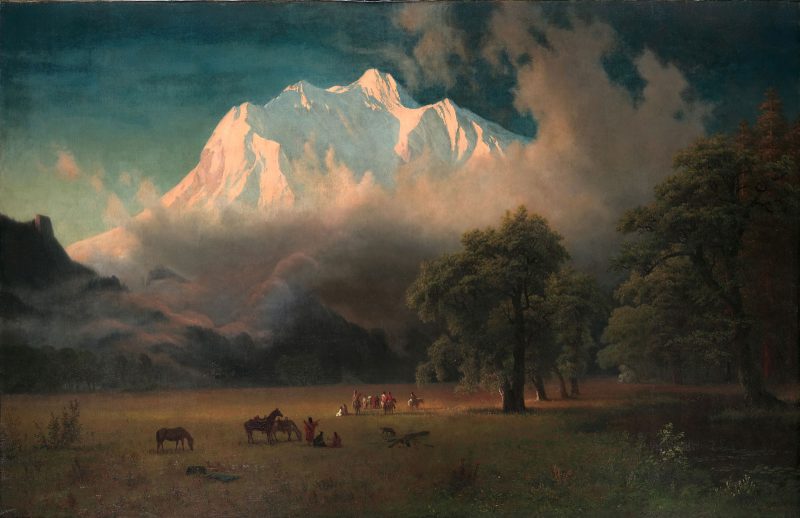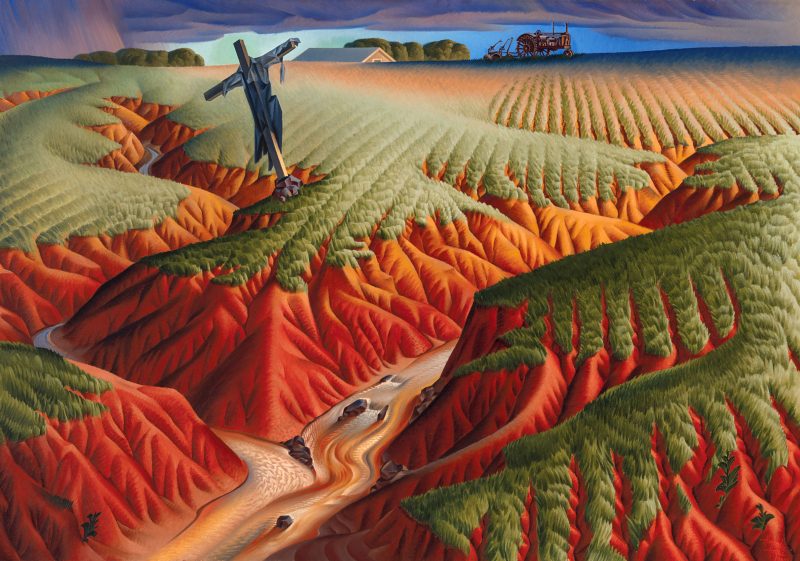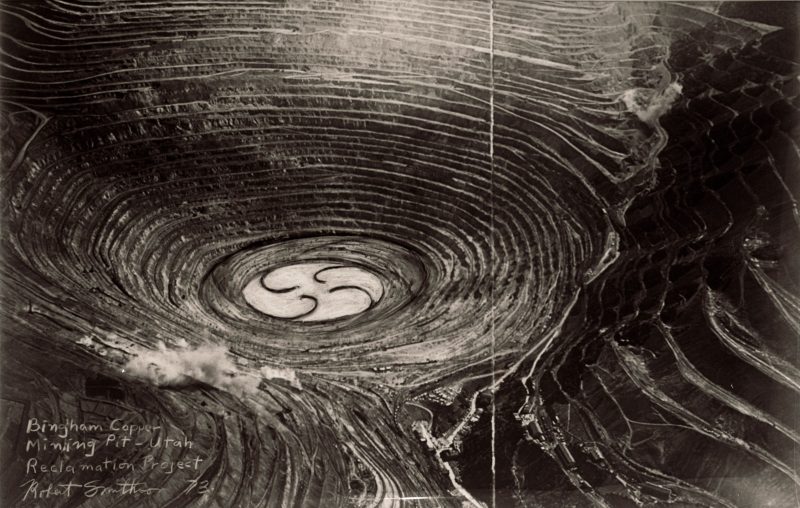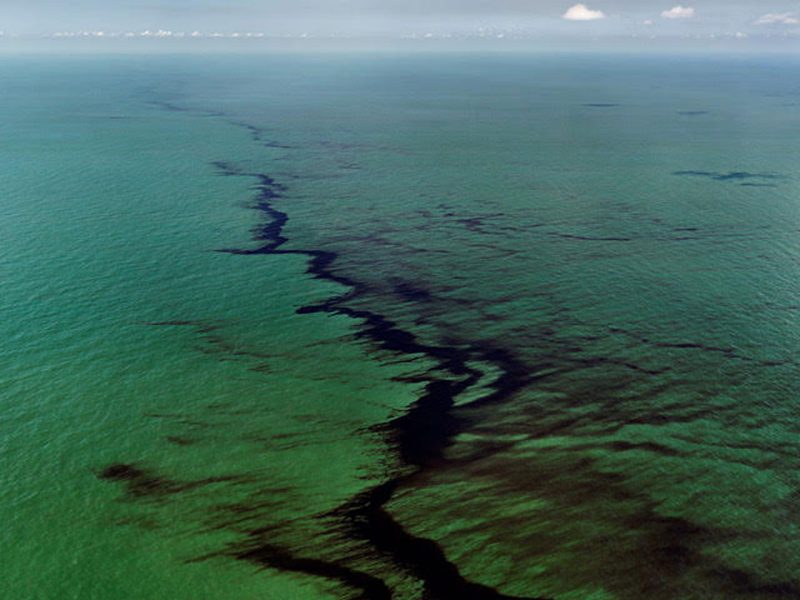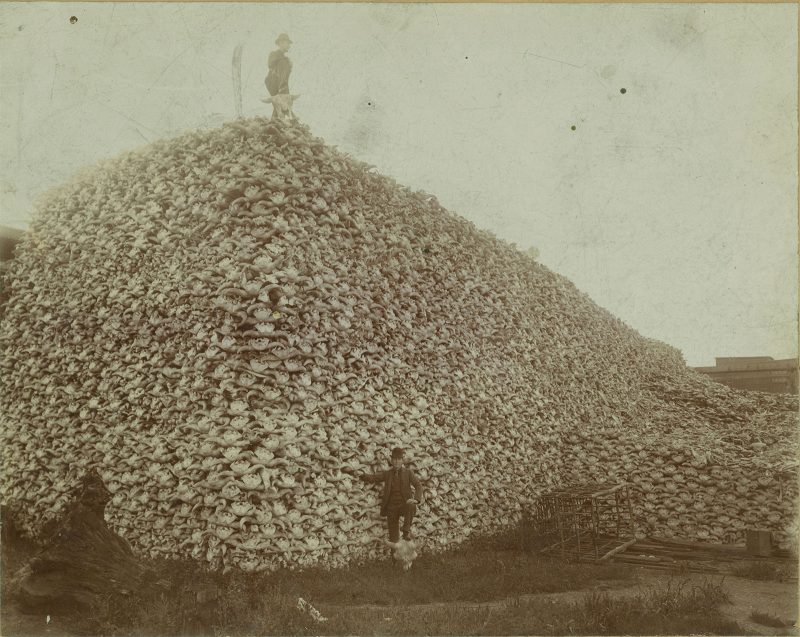
The Anthropocene Examined Through Art
This groundbreaking exhibition at the Princeton University Art Museum, Nature’s Nation – American Art and Environment, presents an ecocritical view of American Art over the last three centuries. The exhibit demonstrates how artists over time have represented, and in many cases have failed realistically to represent, the land and development of the country, and particularly the consequences of that development as it has affected and transformed, and in many ways damaged, even destroyed, the natural environment. The exhibition asks: What are the limits and responsibilities of art in an era of ecological crisis? And it answers that question with an implicit call for all of us to perceive and to appreciate, through art, the urgent necessity of addressing the forces that are responsible for this calamitous state of affairs.
Nature’s Nation presents the work of over 100 artists displayed chronologically in three broad sections – Colonization and Empire; Industrialization and Conservation; and Ecology and Environmentalism. The artists include the likes of John James Audubon, George Bellows, Albert Bierstadt, Frederic Edwin Church, Thomas Cole, Thomas Eakins, Theaster Gates, Winslow Homer, Louisa Keyser, Dorothea Lange, Jacob Lawrence, Ana Mendieta, Thomas Moran, Isamu Noguchi, Georgia O’Keeffe, Maya Lin, Frederick Law Olmsted, Charles Willson Peale, Jackson Pollock, Robert Rauschenberg, Alexis Rockman, Robert Smithson, Carleton Watkins, and Andrew Wyeth.
From the Dust Bowl to Standing Rock
What begins as an aspirational or idealistic walk through the representation of the glorious, pristine landscape of the country, often devoid of human presence, continues with images far darker, showing, for example, the eviction, and oftentimes destruction of Indigenous peoples, the rape of the land, often for commercial enterprises, and the price paid by laborers — usually slaves and the poor — to accomplish those ends. The exhibition ends with an examination of how artists have employed their work to contribute to activism designed to restore some semblance of sanity to our stewardship of the environment, stewardship which has failed to preserve and conserve the integrity of the ecosystems that all living beings on the planet rely upon for their continued existence.
The mix of work in the galleries presents a fascinating tour though glorious natural wonders, and then turns to more disturbing phenomena and events. A number of works in particular struck me, either for their sheer magnificence or their harrowing portrayals of America’s self-savaging of its own land:
* “Men Standing with Pile of Buffalo Skulls, Michigan Carbon Works,” an 1892 photograph by an unknown photographer, highlighting the brutal extermination of the American bison. As explained in the exhibition catalogue, the bone products eventually were turned into carbon for use in the refining of sugar, but much of the material was converted into phosphate which was used as fertilizer to mitigate declining soil productivity that had resulted from clear-cutting and destructive agricultural purposes.
* “Crucified Land” (1939), Alexandre Hogue’s eerie Dust Bowl oil painting documenting the eroded terrain and the martyrdom of land sacrificed to destructive agricultural practices.
* “Bingham Copper Mining Pit, Utah Reclamation Project” (1973), Robert Smithson’s hand-altered photograph, in which the artist envisioned an enormous work of public art as a way of reclaiming the land polluted by the world’s oldest open-pit copper mine and largest human excavation ever.
* “Oil Spill #10, Oil Slick, Gulf of Mexico, June 24, 2010” (2010), Edward Burtynsky’s haunting, painterly digital photograph print which, like many other pieces in the exhibition, simultaneously captures the magnificence of the biosphere and its degradation – the result of the negligent, exploitive extraction of oil from the Earth.
One work stood out for its optimistic fantasy of a different America. “Browning of America” (2000) is Jaune Quick-to-See Smith’s oil painting showing a map of the United States, which questions the presumptive whiteness and insularity of America, and presents an image of an unbounded country with rebounding populations of Indigenous peoples as well as species which previously were eradicated from the land. (Smith is a Salish member of the Confederated Salish and Kootenai Nation).
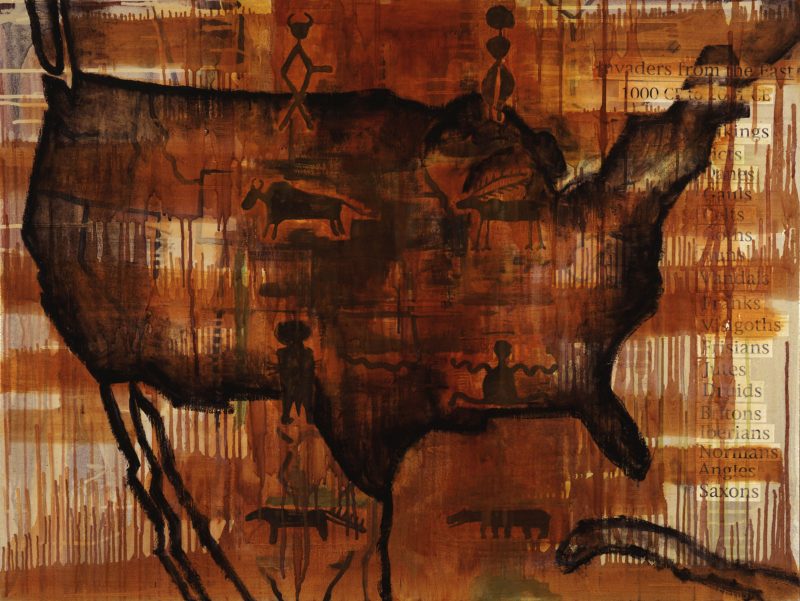
The contrasting worldviews of the Indigenous
One of the contrasts made throughout the exhibition involves the sacred connection of Indigenous peoples to the land, peoples who saw themselves as part of nature, and who viewed natural resources as gifts, compared to those for whom the land represented something to conqueror, own, or exploit. For example, there are numerous glorious works by Indigenous people which emphasize their physical connection to the land, a relationship characterized by mutuality, relatedness, and sustainability, including “Naaxein (Chilkat Robe),” the early 19th century work of a Tlingit artist, made of mountain goat wool, cedar bark, and leather.
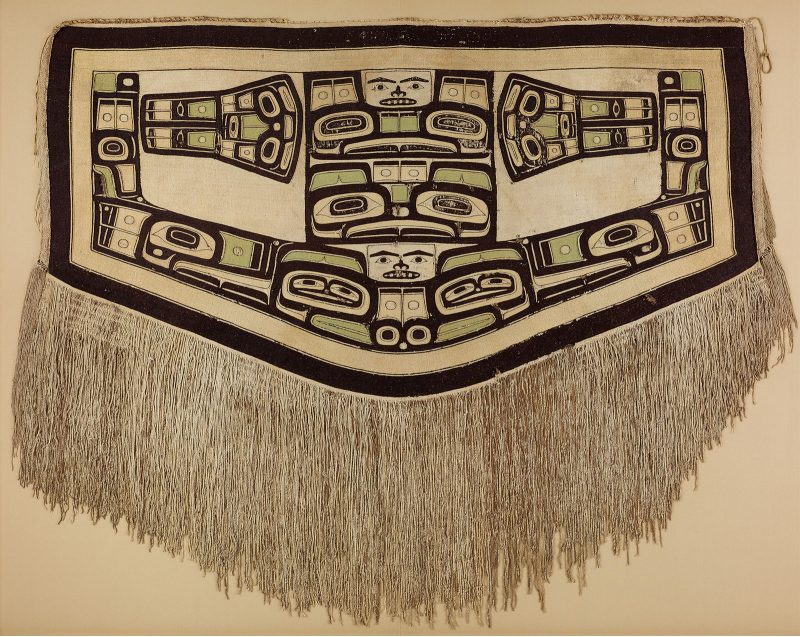
Bill McKibben & 350.org
In conjunction with the exhibition, various public events have been organized. One I attended, a talk by Bill McKibben, the founder of 350.org, and recipient of the Gandhi Peace Prize, titled “Art, Activism and the Chance for Change,” reinforced the urgent need for collective actions like the 2016-2017 Dakota Access Pipeline demonstrations at Standing Rock, to combat the fossil fuel industry, which firmly stands in the way of environmental sanity. He highlighted the role of artists, who are uniquely situated to picture phenomena that the rest of us have difficulty imagining, to design powerful visual demonstration materials, some on a grand scale. Indeed, 350.org’s activist coverage of that demonstration and others has promoted environmental justice all over the world.
A modicum of hope
I recently questioned, in these pages, whether artists can “make a difference” in addressing the reactionary political and environmental policies of those now in power in the country. To some extent my skepticism has turned to hope as a result of this exhibition.
Nature’s Nation – American Art and Environment was curated by Karl Kusserow, the John Wilmerding curator of American art at the Princeton University Art Museum, and Alan C. Braddock, the Ralph H. Wark associate professor of art history and American studies at the College of William and Mary, and is accompanied by a major 448-page catalogue.
The exhibition will be on display at the Princeton University Art Museum until Jan. 6, 2019.
On November 9th, author Naomi Klein will discuss her book This Changes Everything: Capitalizm vs. the Climate in connection with the exhibition.
More Photos
